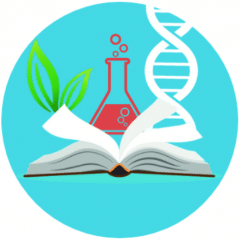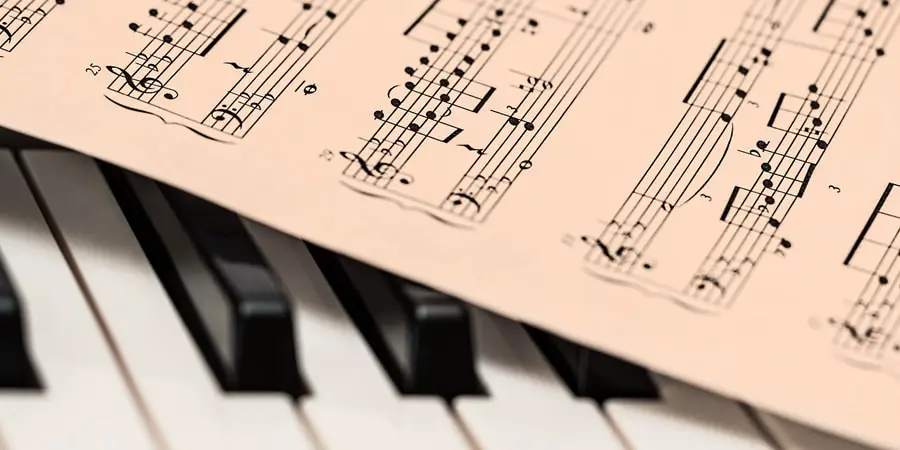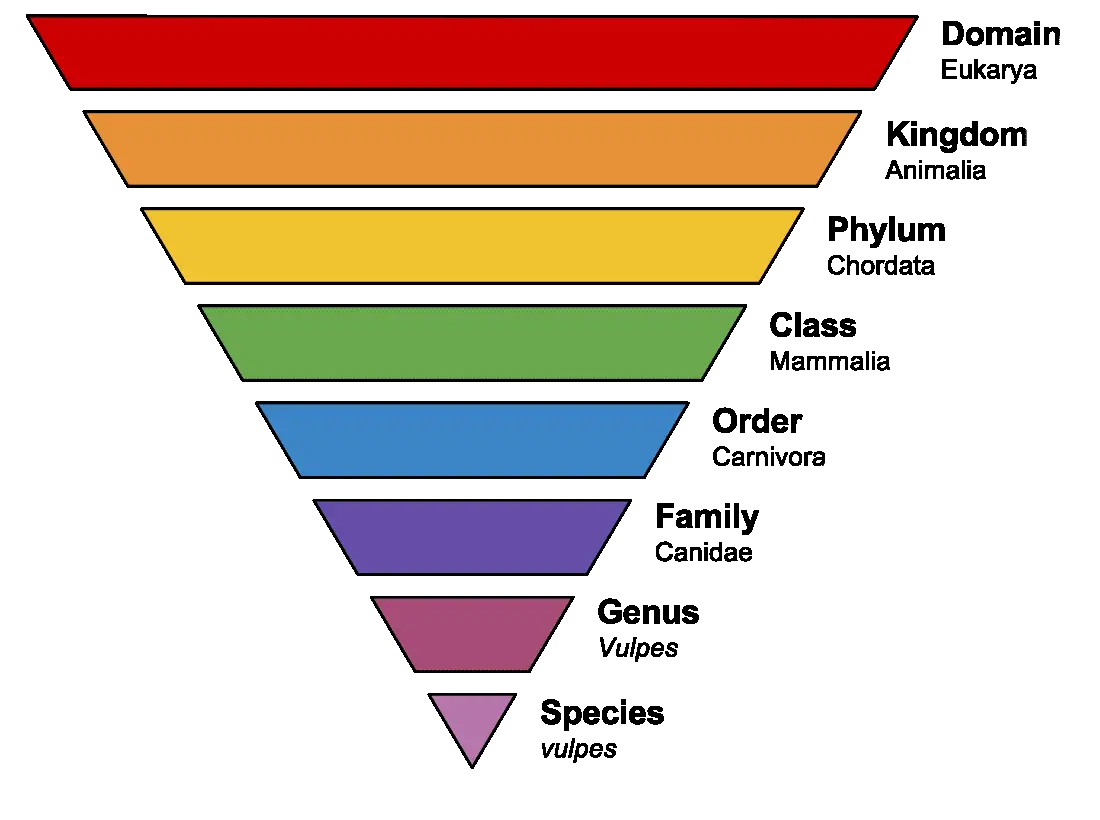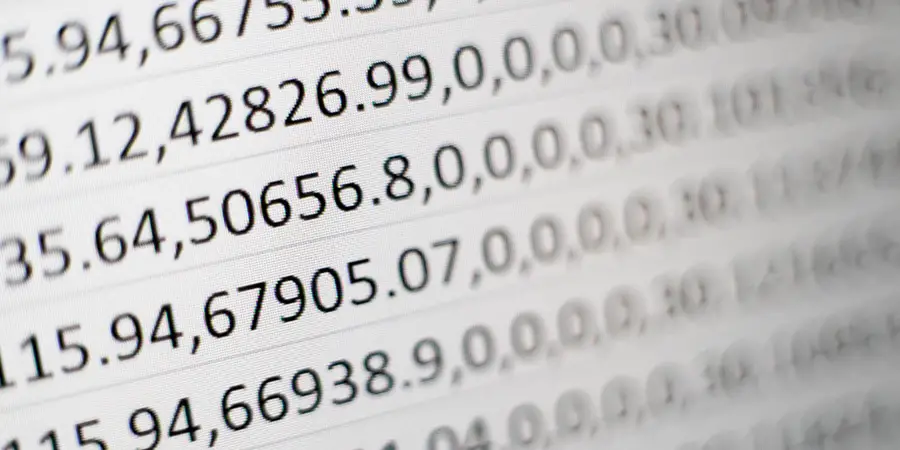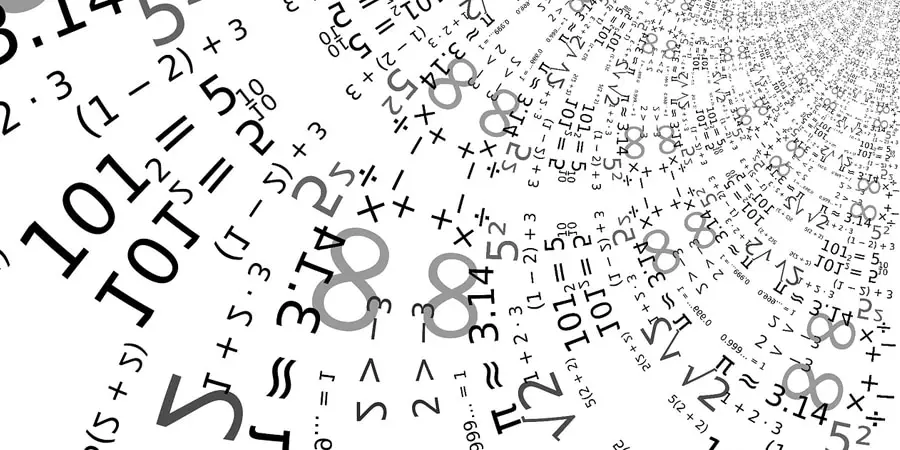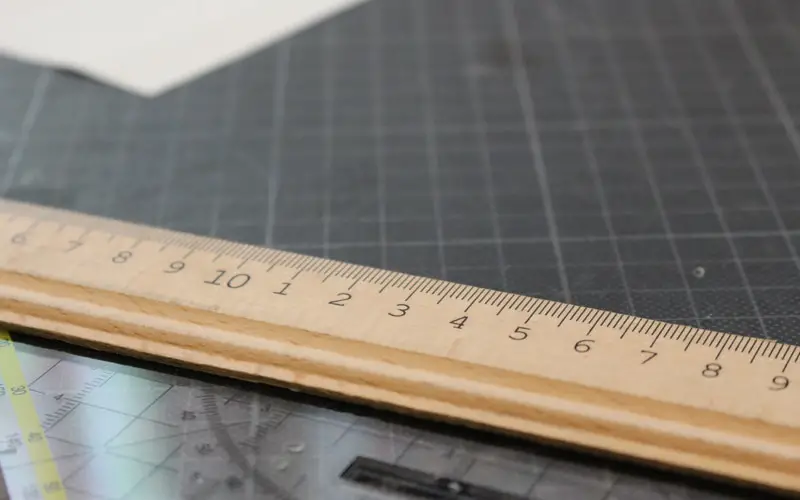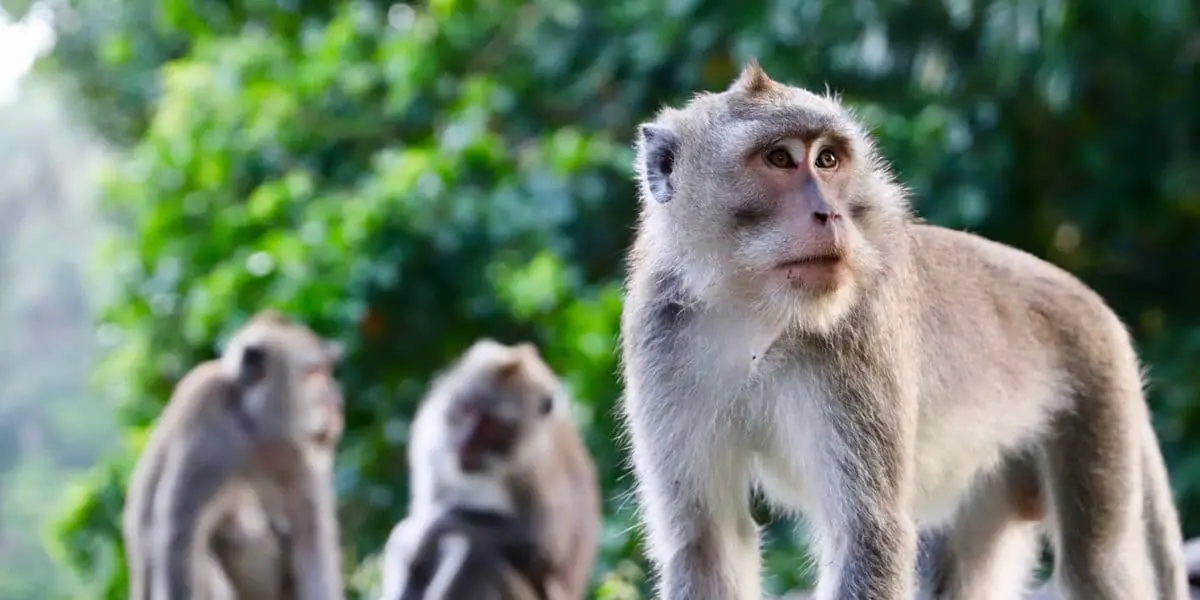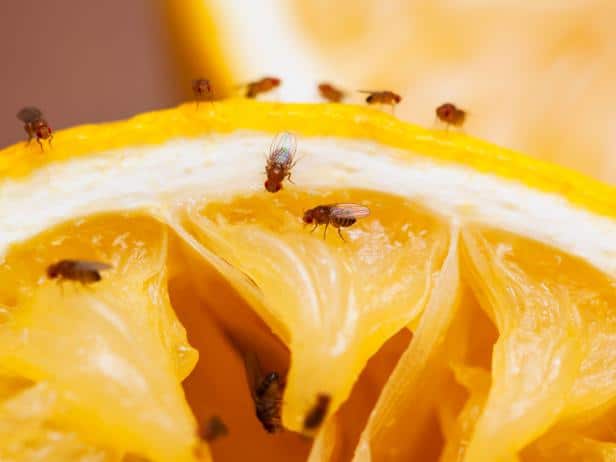You may already know that in the study of genetics, dominance refers to the relationship between alleles, which are two forms of a gene. In a dominant relationship between alleles, one allele “masks” the other and influences a specific trait.
When the phenotype (the observable characteristic) of the heterozygote is identical to the dominant homozygote, the relationship is considered to be “complete dominance.” Since genetics is full of variations and changes, complete dominance isn’t always the outcome but rather incomplete dominance.
In this article, we’ll give you an in-depth explanation of incomplete dominance (also known as partial dominance), some examples, and a practice problem so that you can try out on your own, so you can gain a better understanding of this type of relationship.
A Quick Look At Important Terms

As you study genetics, you may find that it’s difficult to remember all the of the terms and what they mean. Before you can completely understand incomplete dominance, it’s a good idea to go over some basic genetic terminology.
- Gene: The DNA for a trait
- Allele: A different or variant form of a gene
- Heterozygote: An individual with two different forms of a specific gene, one from each parent
- Homozygote: An individual with two identical forms of a gene, results in true breeding for a characteristic
- Phenotype: Observable characteristics of the genetic makeup
- Genotype: The genetic makeup of an organism, such as traits
Now that we’ve reviewed a few of the genetic terms that you’re likely to see frequently when learning about partial dominance let’s move on to the concept of partial dominance.
Mendel’s Law of Dominance
Gregor Mendel is often referred to as the “Father of Genetics” because without his experiments, persistence, and years of research we probably wouldn’t have a good understanding about who we are or why we share traits with our ancestors. Mendel created three “laws” that he is known for: the law of dominance, the law of segregation, and the law of independent assortment.
To get a better understanding of partial dominance, we’ll take a closer look at Mendel’s “Law of Dominance.” In this “law” Mendel found (through his years of experiments) that the dominant trait is the trait whose appearance is always in the offspring. As we mentioned earlier, dominance is the relationship between the two alleles.
If someone inherits two different alleles from each of the parents and the phenotype (such as hair or eye color) of only one allele is noticeable in the offspring, then that allele is dominant.
If one parent has two copies of allele “A” (which would be dominant) and the other parent has two copies of allele “a” (which would be recessive), then the child will inherit an “Aa” genotype and still display the dominant phenotype.
Now that we have a full understanding of the dominance relationship between alleles, let’s see how the partial dominance differs.
Incomplete Dominance: What Is It?
We understand complete dominance, but you might still be wondering how partial dominance differs. Is it much like the name suggests? Partial dominance is when one allele for a specific trait is not entirely dominant over its counterpart (or the other allele). The result, which is seen in offspring, is a combined phenotype.
What does this mean? The traits of each parent are neither dominant or recessive. In a partial dominance relationship, between two alleles, a third phenotype is a result and is a combination of phenotypes of the two homozygotes; this is often referred to as an “intermediate form of inheritance.” The alleles do not blend, but partial dominance is often referred to as “blending” because traits are mixed and appear to be “blended.”
Examples of Incomplete Dominance
A better way to understand partial dominance is through examples and here are a few:
Snapdragon Flowers
A common example of partial dominance that many instructors of Biology use in the genetics unit are a snapdragon flower. In this example, the Snapdragon is red or white.
If a red homozygous snapdragon is paired with a white snapdragon (which is also homozygous), the hybrid result would be a pink snapdragon. Here’s how it the partial dominance looks when broken down:
The genotypes are Red (RR) x White (rr) = Pink (Rr)
When the first offspring (F1) generation, which is all pink flowers, cross-pollinates, the resulting flowers in the F2 generation consist of all the phenotypes: ¼ Red (RR): ½ Pink (Rr): ¼ White (rr). The phenotypic ratio is 1:2:1.
If the F1 generation cross-pollinates with the “true breeding” red flowers (homozygotes), the F2 generation will result in red and pink flowers (half-red and half-pink); the phenotypic ratio is 1:1.
If the F1 generation cross-pollinates with “true breeding” white flowers, the F2 generation will result in white and pink flowers (half of each and a phenotypic ratio of 1:1).
In the case of partial dominance, the intermediate (or 3rd ) trait is the heterozygous genotype. The pink snapdragon flowers are heterozygous with an Rr genotype, and the red and white flowers are homozygous for flower color with genotypes RR and rr (or red and white).
While snapdragon flowers are a common example, you can find the same results with red and white tulips, roses, and carnations.
Incomplete Dominance in Animals
Just like plants and humans (which we’ll give an example of briefly), partial dominance can occur in animals; as it can occur in every living organism.
Let’s look at an example of rabbits. If a breed with long fur, like an Angora rabbit, mates with a breed with short fur, like a Rex rabbit, the offspring is likely to have fur that is in the middle; not too long or too short.
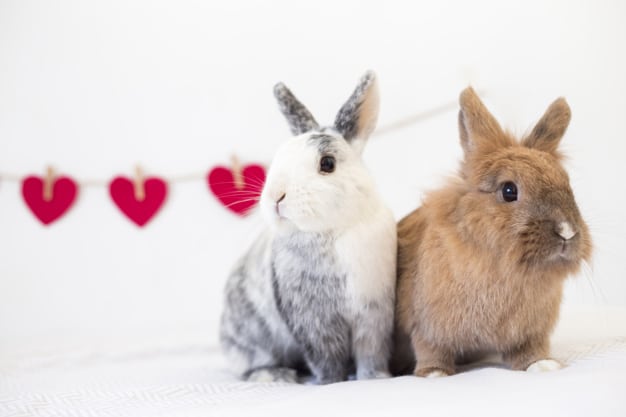
Andalusian chickens are also a popular example of partial dominance in animals due to their unique blue-ish feathers. The chickens don’t always have slate blue feathers, but it is often a result of a white rooster mating with a black hen. Since both parents have the inheritance of blue alleles (about 50%), the offspring is likely to have feathers with a splash of blue.
If you consider cats and dogs, there are usually some cats or dogs that have more markings than one of the same breed. When a heavily spotted or market dog or cat marks with a mate that has solid-colored fur (and no markings), the offspring is likely to have some markings but not the same as either parent.
Partial dominance can apply to the length of tails, the color of fur, and many other phenotypes in animals.
Incomplete Dominance in Humans
By now, you’re probably able to see a pattern in how partial dominance works in genetics. It’s a complex idea, but when you break it down it’s not as complex as some people make it, right?
Consider some ways that partial dominance may occur in humans. Like the fur length on an animal, the child of one parent with curly hair and the other with straight-hair is likely to have wavy hair. Both straight and curly hair is dominant, but neither one dominates the other.
Diseases like sickle cell disease or Tay-Sachs disease is another example of partial dominance in humans. Skin color, height, voice pitch, and even the size of one’s hands can all be attributed to partial dominance.
Think about your own features. Are you a carbon copy of one of your parents or do some of your features sit “in the middle” and are a result of partial dominance?
A Practice Problem For Incomplete Dominance
Whether you want to study up on partial dominance or just want to play around with some scenarios and see what you come up with, take a look at a few of these practice problems.
A cross between a bird with blue feathers and a bird with white feathers produces offspring with silver feathers. The color of the birds is determined by only two alleles.
- 1What are the genotypes of the parent birds?
- 2What is the genotype of the bird with silver feathers?
- 3Can you figure out the phenotypic ratios of the offspring of two birds with silver feathers?
The answers are as follows. How did you do?
The answer for #1 is BB (homozygous blue) for the bird with blue feathers and WW (homozygous white) for the bird with white feathers.
The answer to #2 is one blue allele and one white allele. Since neither allele is dominating another, we get a “blend” which results in the bird with silver feathers.
To figure out #3, you need to fill out a Punnett Square. Silver x silver = BW x BW. Your results should be 25% of offspring are homozygous white (WW), 25% are homozygous blue (BB), and 50% are hybrid, which means they have silver feathers.
